

Visible Roots


Editor's Note
Welcome to the 3rd issue of Visible Roots, the global diversity magazine of The International School of Dakar! Home to an amazing collective of 115 nationalities, we value our school's global culture and we take pride in our unified diversity.
Can you believe half of the school year has gone by already? ISD hosted (and won!) a High School Basketball tournament for the West African region, welcoming students and teachers from 9 schools on to our beautiful campus “Romeo & Juliet, Together (and Alive!) at Last” was an outstanding play put on by our students that greatly impressed the whole ISD community with the dramatic and comedic range it showed! The Middle School Girls Volleyball team represented ISD well with a strong showing at the WAISAL Volleyball Tournament in Abidjan, Côte d’Ivoire. ISD sent 5 students to represent our school’s growing service program at the AISA Global Issues Service Summit in Accra, Ghana with a very impressive presentation of the work they have done this year. And just this past week, the High School student council held the High School Prom for this academic year which was a big success It has been a busy time for ISD!
As we look forward to this issue of Visible Roots, we continue our celebration of stories of diversity, equity, and inclusion around the world across time and space Today, we move on to the region on the other side of the earth, the extraordinary region of East Asia. This issue we take a look at the advancements in humanity from the land known as the Orient and see how the fight for equity and inclusion is unfolding.
As ISD continues to reflect on its 40th birthday this year, we also look at another defining period of recent world history, 20032012, exploring the pivotal events, social changes, and iconic media that left a mark on our world today We finish up with the highlights of our ISD community from January to February that will help us all gain a better understanding of how our inclusive community has grown together throughout the year
"Visible Roots" is more than a magazine; it's a celebration of how our diversity makes an impact! Join us as we learn more about our world together!
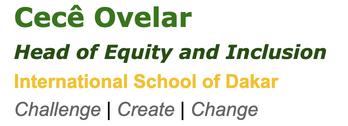


The Tree of Integrity The Tree of Integrity
Across East Asia, particularly in China, Japan, and Korea, the pine tree holds profound cultural and symbolic significance. Revered for its evergreen foliage, resilience, and longevity, the pine tree symbolizes enduring qualities such as strength, stability, and prosperity. In art, literature, and traditional culture, pine trees are commonly depicted as symbols of good fortune, immortality, and harmony with nature. Additionally, pine trees feature prominently in various cultural practices, including landscape design, gardening, and festive celebrations, serving as reminders of the enduring bond between humanity and the natural world across East Asia. The 800-year-old pine tree on Mt. Huangshan in East China's Anhui Province is known as the Greeting Tree or Yingkesong (pictured below) and is one of the most celebrated pine trees in the world.


NOTE: Visible Roots is an INTERACTIVE magazine!
Just click on any portrait, and you will be taken to a link that shows each person or cultural value through video.
62 9 Leaders
EASTASIA
Authors
Athletes
Scientists
Artists
Musicians
TV shows
Cultural Values
Languages
3
3 03
2003-2012
0
The pivotal moments of the decade ISDHIGHLIGHTS
3
Nomad FM Ramadan ISD Film




“ “The power of The power of love and love and compassion can compassion can heal even the heal even the deepest wounds deepest wounds of hatred and of hatred and division.” division.”
Kim Dae Kim Dae Jung Jung
L E A D E R S L E A D E R S L E A D E R S
Kim Dae-jung, a pivotal figure in South Korean politics, was the first Korean awarded the Nobel Peace Prize in 2000 for his relentless dedication to promoting peace and reconciliation on the Korean Peninsula. Despite enduring imprisonment and political hardships, Kim's commitment to democratic principles led to his election as the eighth President of South Korea in 1997. His historic "Sunshine Policy" aimed to engage North Korea through economic cooperation, leading to the groundbreaking inter-Korean summit with Kim Jong-il in 2000. This summit, which resulted in a joint declaration pledging peaceful coexistence, earned Kim Dae-jung international acclaim. His visionary leadership and tireless efforts for peace continue to inspire hope for a unified and prosperous future for Korea.

KIM
DDAE-JUNG AE-JUNG
A N D R E W S

Jeffrey Andrews is a refugee rights activist and social worker from Hong Kong. He is a 3rd generation Hong Konger of Indian descent. He has been actively involved in promoting equality for Hong Kong's ethnic minorities, particularly the South Asian community. He has advocated for education, employment opportunities, and social inclusion. He has spoken out on the issues of segregated schools and has shown he is committed to fighting for a more equal and understanding society. His work highlights the issues of racial discrimination and his NGO, Christian Action, helps refugees of South Asia, the Middle East, and South Africa.


“There are reasons why people with autism exist in the world, I believe. Those who are determined to live with us and not give up on us are deeply compassionate people, and this kind of compassion must be a key to humanity’s long-term survival.”
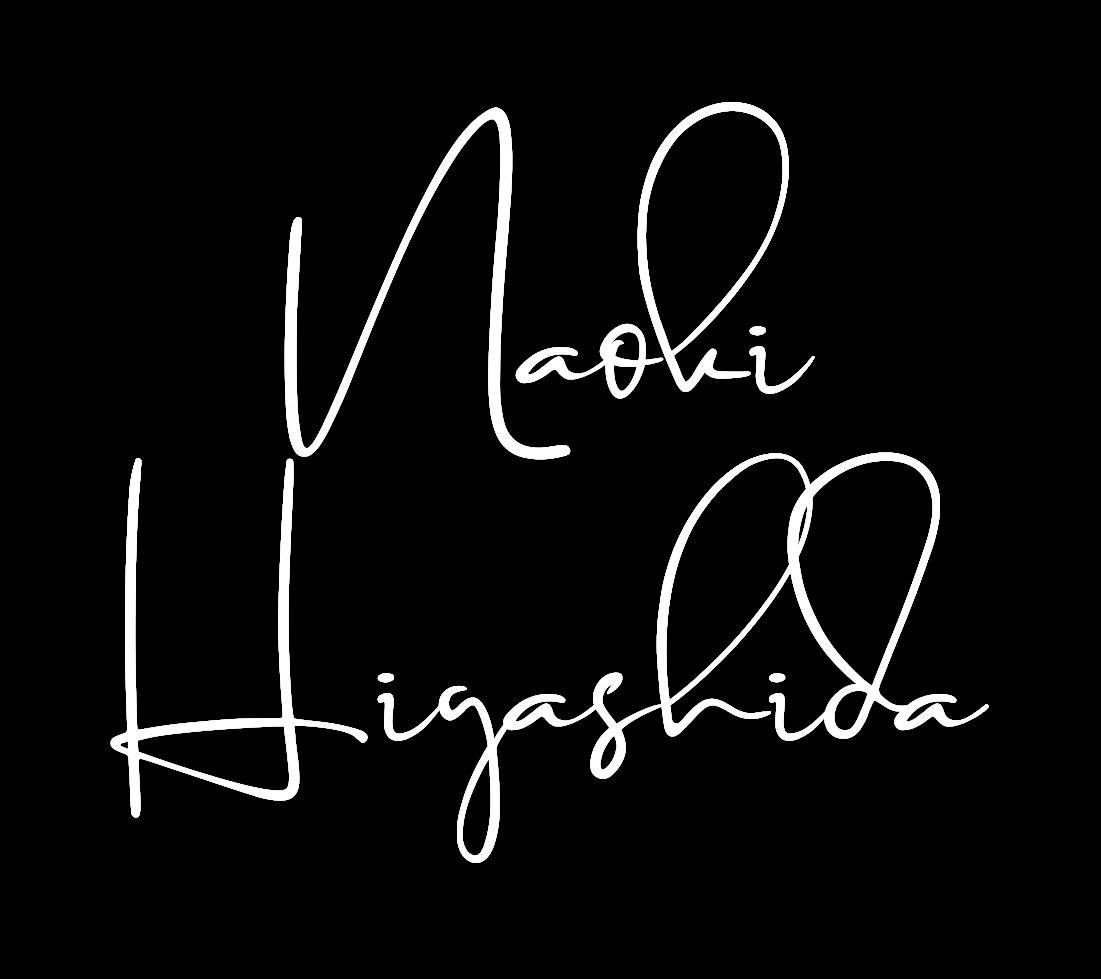
"The Reason I Jump" is a book written by Naoki Higashida, a non-verbal autistic teenager (now age 31) from Japan. The book provides valuable insights into the inner world and experiences of individuals with autism. The narrative of questions and answers offers a 1st-hand perspective on neurodiversity, challenging stereotypes and misconceptions about autism. His writing is candid and heartfelt as he opens up about his extraordinary thoughts, feelings, and behaviors. He explains things such why he stares at trees, why he doesn’t always respond to his name, and why he likes to jump. His book promotes greater empathy, acceptance, and accommodation for people with autism, encouraging readers to recognize and celebrate the diversity of human cognition and communication styles. The Reason I Jump unpacks what society thinks about intelligence and capability, and shows a point of view that can change how people see human life and how they embrace diversity.


NAOKI HIGASHIDA LITERATURE TODAY

PARK WAN-SUH

Park Wan-suh was an important South Korean writer who wrote about the struggles of ordinary people amidst the dramatic changes of 20thcentury Korea. Born in 1931, her writing journey unfolded against the backdrop of Japanese colonization, the Korean War, and societal constraints. Her works, like "Who Ate Up All the Shinga?" and "The Wounded," offer sharp insights into the human condition, connecting with readers globally. But, more than anything, many of Park’s works gives voice to the marginalization of middle class women in Korea, an example being her book “The Dreaming Incubator” in which a woman is forced to undergo a series of abortions until she can deliver a male child. Her commitment to inclusivity, portraying the lives of those often overlooked, inspires us to embrace and acknowledge the resilience of marginalized voices in literature and society.

“You just gotta keep going and fighting for everything, and one day you'll get to where you want.”

Naomi Osaka



Naomi Osaka is a four-time Grand Slam singles champion who has achieved significant success on the international stage as both an athlete and an activist. She is of Japanese and Haitian descent and has openly discussed her experiences with being biracial and belonging in this world. Her success as a tennis player has helped challenge stereotypes and break barriers. She has been vocal in her support for the Black Lives Matter movement, participating in protests and using her social media platforms to advocate for racial equity and police reform. Additionally, Osaka has spoken candidly about mental health, shedding light on the pressures and challenges faced by athletes and individuals in the public eye. By sharing her own struggles and experiences, she has helped reduce stigma surrounding mental health issues and encouraged others to prioritize self-care and seek support when needed.
NAOMI OSAKA

Deng Yaping is a former Chinese table tennis player, widely regarded as one of the greatest athletes in the history of the sport. Deng's journey to success was marked by numerous obstacles, including her small stature at 150cm, which many believed would limit her potential in table tennis. She quickly rose through the ranks of the sport, capturing the attention of the world with her exceptional talent. She was renowned for her agility, speed, and precision on the table tennis court. She won four Olympic gold medals between 1992 and 1996, and claimed 18 world championship titles throughout her career. Her humility, grace, and sportsmanship endeared her to fans around the world, earning her respect and admiration both on and off the court.
DENG DENG YAPING

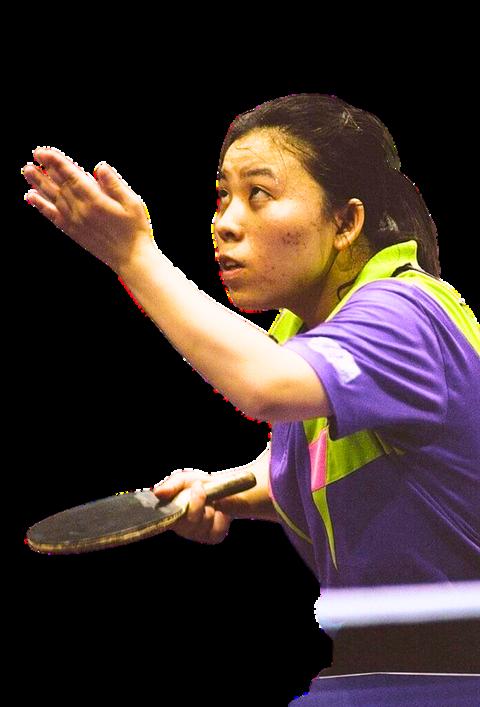
The Pyeongchang 2018 Unified Korean Women's Ice Hockey Team
The Unified Korean team marked the first time in Olympic history that athletes from North and South Korea competed together as one team. The women's ice hockey team was selected as a symbol of peace and reconciliation, embodying the Olympic spirit of friendship, solidarity, and cooperation. The team was formed as a result of diplomatic efforts to ease tensions on the Korean Peninsula, particularly amid heightened political tensions surrounding North Korea's nuclear program.
The team consisted of 23 players from South Korea and 12 players from North Korea, along with coaching staff and officials from both countries. While the players had limited time to train and adapt to each other's playing styles due to the last-minute nature of the collaboration, they displayed remarkable teamwork, camaraderie, and sportsmanship throughout the tournament.
Their participation was met with widespread support and admiration from fans around the world. While the Unified Korean Women's Ice Hockey Team did not win any medals during the Pyeongchang 2018 Olympics, their participation was celebrated as a historic moment in Olympic history and a testament to the unifying power of sports.


“From our research experience in discovering artemisinin, we learned the strengths of both Chinese and Western medicine. There is great potential for future advances if these strengths can be fully integrated.”
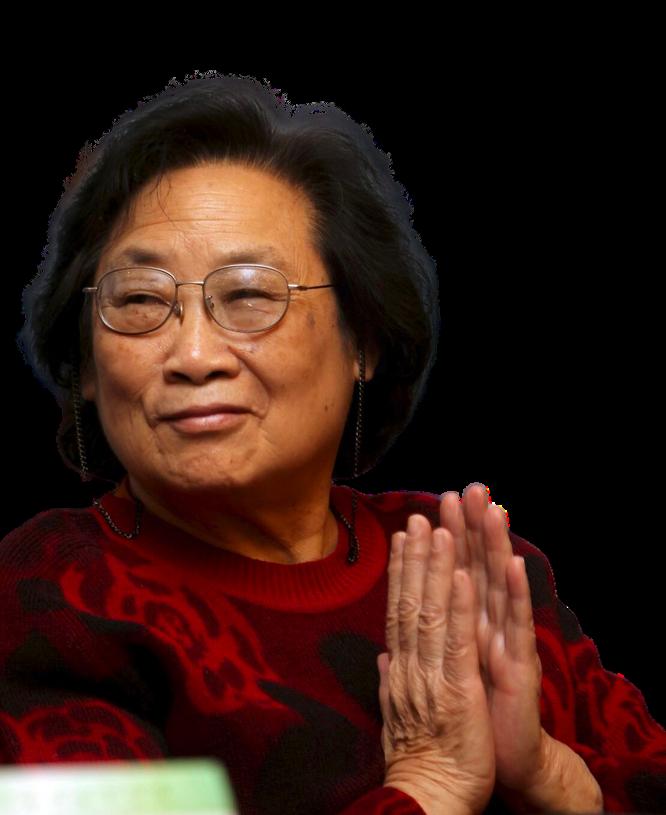
Akira Yoshino is a Japanese chemist known for his pioneering work in the development of the lithium-ion battery. These rechargeable batteries power modern electronic devices, including smartphones, laptops, and electric vehicles. His research helped provide a more efficient and environmentally friendly alternative to traditional battery technologies. Yoshino collaborated with researchers from diverse backgrounds, including materials science, electrochemistry, and engineering, to develop the lithium-ion battery This collaborative approach fostered inclusivity and promoted the exchange of ideas and expertise across different disciplines, leading to more robust and impactful scientific breakthroughs. His contributions have not only revolutionized the way we use and store energy but also underscored the value of diverse collaboration in addressing complex global challenges.
Tu Youyou is a Chinese pharmaceutical chemist and Nobel Prize winner known for her discovery of artemisinin and dihydroartemisinin, which are key components in the treatment of malaria. Her groundbreaking research has saved millions of lives globally. Her discovery of artemisinin has provided a more accessible and affordable treatment option for malaria patients. Tu Youyou's research methodology is noteworthy for its integration of traditional Chinese medicine practices with modern scientific techniques. She drew upon ancient texts and herbal remedies to identify potential treatments for malaria, showcasing the value of diverse perspectives and interdisciplinary approaches in scientific innovation.



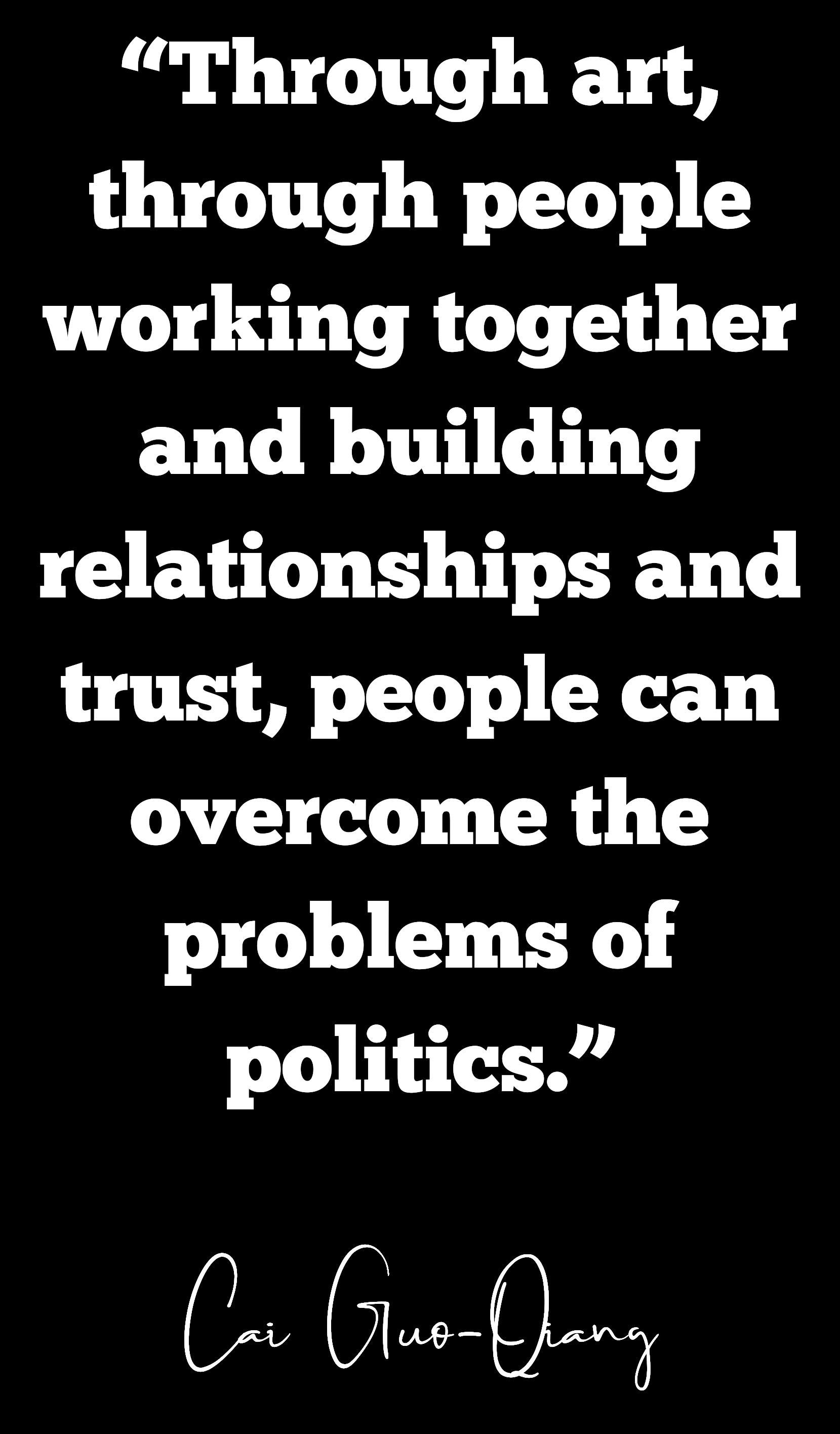
Hayao Miyazaki is important for his groundbreaking contributions to the world of animation As a co-founder of Studio Ghibli, Miyazaki has championed diverse storytelling that transcends cultural boundaries, representing a wide range of characters and narratives. His imaginative storytelling, richly detailed animation, and thematic depth have set a new standard for animated films, inspiring countless artists and filmmakers. Miyazaki's commitment to hand-drawn animation and his exploration of complex themes such as environmentalism, empathy, pacifism, and the human spirit have earned him international acclaim and a dedicated global following. His films, including "Spirited Away," "My Neighbor Totoro," and "Princess Mononoke," continue to enchant audiences of all ages and generations, cementing his legacy as one of the most influential and beloved figures in animation history.

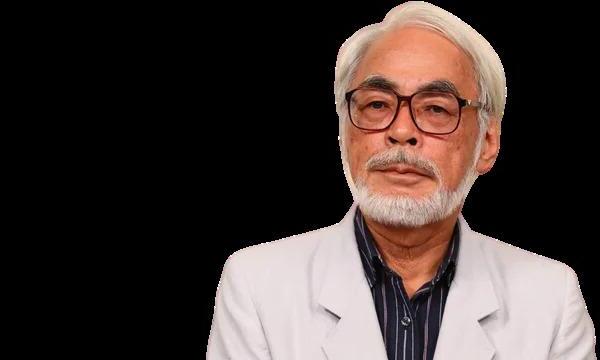
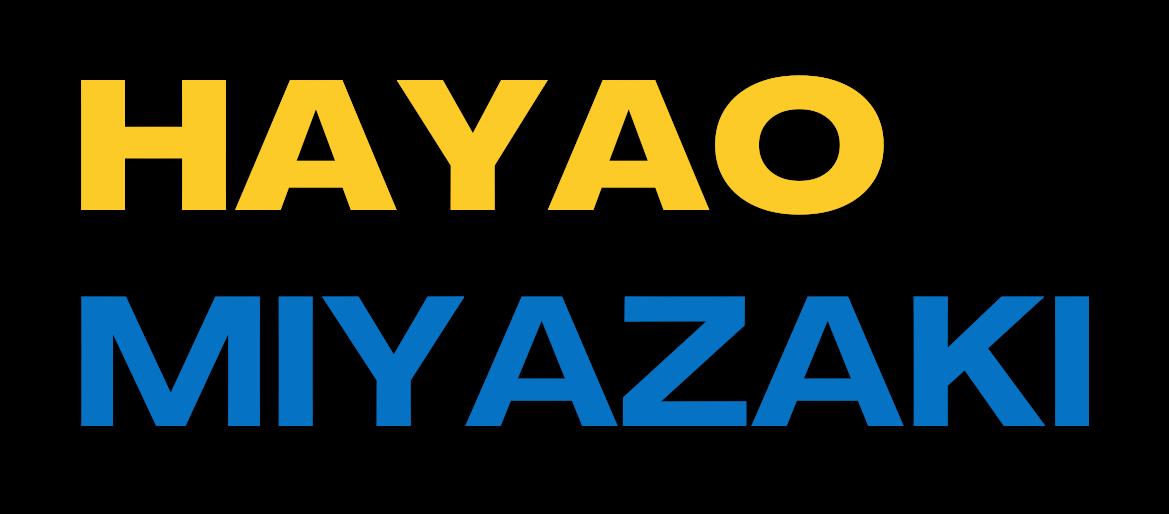




Cai Guo-Qiang is a contemporary Chinese artist known for his explosive and monumental artworks, often utilizing gunpowder as a medium His works frequently address themes of cultural exchange, globalization, and the intersection of Eastern and Western cultures Guo-Qiang's art can be seen as a celebration of cultural diversity and a commentary on the interconnectedness of different cultures in today's globalized world. By incorporating traditional Chinese techniques and imagery into his works, he promotes and challenges traditions in Eastern Asian art. Additionally, his large-scale exhibitions like the Heritage (pictured above), often involve collaboration with diverse communities, fostering a sense of equity and shared participation in the artistic process

“People hate what they don't understand and try to destroy it. Only try to keep yourself clear and don't allow that destructive force to spoil something that to you is simple, natural, and beautiful.”
Jin Xing

JIN
Jin Xing is a Chinese choreographer, dancer, and actress known for her pioneering role as one of China's first openly transgender public figures. She has made significant contributions to the fields of dance and performing arts, both in China and internationally. By openly sharing her personal journey and experiences, Jin Xing's visibility and advocacy have helped raise awareness about transgender rights and issues in China. In spite of her struggles, she became one of the most famous and respected individuals in China, and her success has challenged societal norms and stereotypes. As the founder and director of the Jin Xing Dance Theatre Shanghai, she has created opportunities for dancers of all identities to showcase their talents on a global stage. Through her television appearances, public speaking engagements, and social media presence, she continues to advocate for greater acceptance and legal protections for transgender individuals and other marginalized communities.

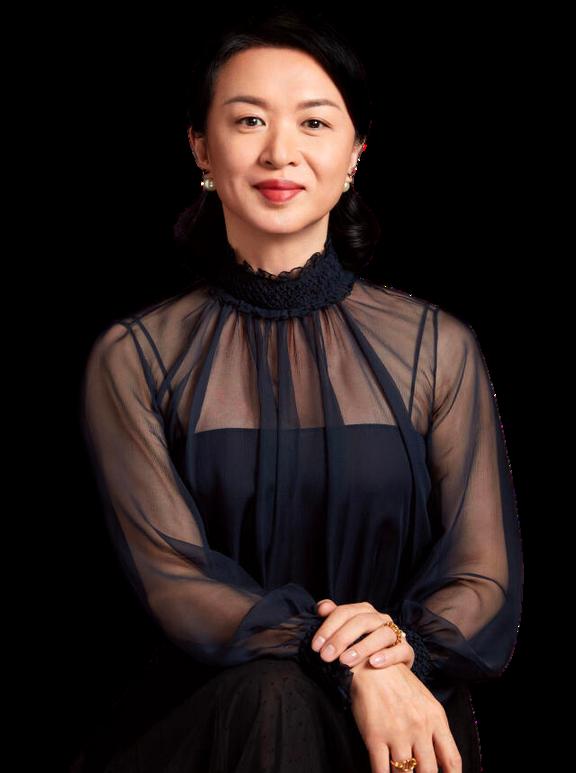



“In the old days,
people
shared music; they didn't care who made it. A song would be owned by a village, and anyone could sing it, change the words, whatever. That is how humans treated music until the late 19th century. Now, with the Internet, we are going back to having tribal attitudes towards music.”
Ryuichi Sakamoto
Ryuichi Sakamoto is a renowned Japanese composer, musician, and activist known for his innovative contributions to electronic and contemporary music. His music incorporates diverse influences from various cultures, blending traditional Japanese elements with modern electronic sounds. Sakamoto's activism extends beyond music and he has been vocal about issues such as environmental conservation, and nuclear disarmament, using his influence to amplify marginalized voices and advocate for social justice. He has spoken out against discrimination and inequality faced by LGBTQ+ individuals in Japan and globally. Ryuichi Sakamoto's artistic and activist endeavors promote dialogue, empathy, and understanding across cultural, social, and environmental contexts.

Powerful Music
The Hu is a Mongolian rock band known for their distinctive style, which blends traditional Mongolian throat singing with heavy metal and rock elements. The band's members draw inspiration from Mongolian history, folklore, and mythology, creating epic soundscapes that resonate with audiences worldwide. What sets The Hu apart is their innovative use of traditional Mongolian throat singing, a technique known as "khoomei," which involves producing multiple pitches simultaneously. They combine traditional Mongolian instruments such as the morin khuur (horsehead fiddle) and the tovshuur (two-stringed lute) with modern rock instrumentation like electric guitars and drums


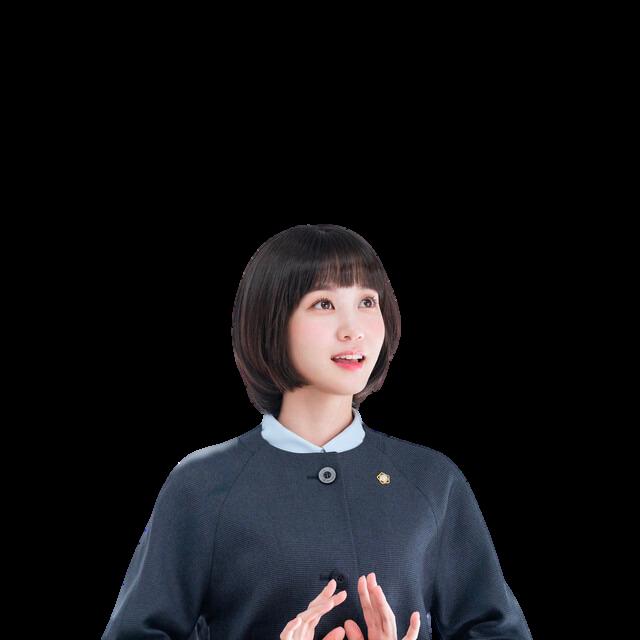
"Extraordinary Attorney Woo" is a South Korean television drama series that follows the story of Woo Young Woo, a brilliant but eccentric attorney with autism who possesses an extraordinary ability to solve cases. The show challenges conventional notions of lawyering by prioritizing empathy and understanding in Woo‘s approach to legal cases. The show addresses social issues such as discrimination, inequality, and the abuse of power within the legal system. Through its compelling storytelling and character development, the show sheds light on the struggles faced by individuals with autism and the perspectives that are often overlooked. The show encourages viewers to reflect on their own attitudes towards neurodiversity and to consider the impact of their actions on others. The show is wildly popular in Korea and set the record for the highest viewed show in ENA history.
NETFLIX SHOWS!

"So Not Worth It" is a South Korean sitcom that revolves around the lives of a group of international students living together in a dormitory at a fictional university in Seoul, South Korea. The show offers a lighthearted and entertaining portrayal of cross-cultural interactions as the characters come from various countries, including South Korea, the United States, Sweden, Trinidad, Australia, and Thailand. Through their interactions and adventures, the show explores themes of friendship, acceptance, and understanding across cultural barriers. It addresses contemporary issues such as stereotypes, language barriers, and the challenges faced by international students living abroad. What makes the show quite unique is the fact that the language used between the students is almost always in Korean, showing a broadened perspective on shared language in an international community!



Year of the Wooden Dragon
The Lunar New Year marked the beginning of the Year of the Wooden Dragon. According to the Chinese zodiac, each animal sign in the lunar calendar carries unique characteristics and symbolism and each 12 years enters a new cycle associated with one of the five elements: wood, fire, earth, metal, and water. The Year of the Wooden Dragon is often associated with transformation, prosperity, and positive energy, making it a time for ambitious pursuits and personal growth
The dragon is a powerful and legendary creature in Chinese mythology, often symbolizing strength, vitality, and good fortune. People born under the dragon sign are believed to possess traits such as courage, ambition, charisma, and a pioneering spirit. They are often seen as natural leaders and are admired for their intelligence, creativity, and passion. If you were born in the year 1964, 1976, 1988, 2000, or 2012 you are a dragon!
When combined with the wood element, the wooden dragon is believed to exhibit additional qualities such as flexibility, adaptability, growth, and renewal 1964 was the last year of the Wooden Dragon
The Lunar New Year holiday is a festive occasion which involves diverse traditions celebrated in countries such as China, Korea, Vietnam, and others. Families engage in the lively preparation of homes, symbolized by the hanging of red lanterns and the exchange of red envelopes for good luck. The streets come alive with vibrant dragon and lion dances, accompanied by the sounds of fireworks to ward off negative energies Special foods, rich in symbolic meaning, grace the dining tables, with dumplings symbolizing wealth and fish representing surplus. As families come together for joyous reunions, the 15-day celebration concludes with the Lantern Festival, illuminating the pursuit of brightness and prosperity in the Year of the Dragon. As the dragon takes flight into the lunar calendar, it heralds the promise of favorable opportunities and the potential for remarkable achievements in the upcoming year
Guanxi

Guanxi is a Chinese term that refers to the concept of building and maintaining interpersonal relationships, often based on mutual trust, reciprocity, and social connections. In Chinese culture, guanxi plays a vital role in various aspects of life, including business, politics, and social interactions. It involves the cultivation of personal connections, often through networking, mutual favors, and the exchange of gifts or assistance. Guanxi facilitates cooperation, collaboration, and resource-sharing, leading to opportunities and benefits for individuals and their social networks. We can see Guanxi in the context of our school by resource sharing and taking an interest in the well-being of those around us. With Guanxi there is a large sense of community between students, parents, teachers, and administrators to support each other out and make reciprocal exchanges of help. When individuals feel valued, respected, and supported within a community, they are more likely to contribute positively and collaborate effectively with others. By leveraging diverse perspectives and talents, communities can drive innovation, creativity, and problem-solving, leading to better outcomes for all.
LijiangOldTown

Lijiang Old Town, situated in Yunnan Province, China, stands as a vibrant example of diversity, equity, and inclusion in action. This UNESCO World Heritage Site exemplifies a harmonious blend of cultural influences, reflecting the traditions of the Han, Bai, and Naxi ethnic groups. Located in a region between the high Tibetan Plateau and the low tropical regions in Southeast Asia, this geographical region proved to be a cultural hotbed, a go-between for the peoples in the region between the Han and the peoples of the Himalayas. The town's historic architecture, cobblestone streets, snowcapped mountain, and intricate waterways provide a picturesque backdrop that resulted in a place full of cultural exchange and appreciation. Efforts to preserve Lijiang's heritage have greatly benefited the local Naxi communities and supported sustainable tourism. Inclusive cultural initiatives have celebrated the Naxi culture (the only living culture in the world to maintain a hieroglyphic writing system), traditional drumming and flute music, and local spicy cuisine, inviting visitors from all backgrounds to engage with the town's rich history of traditions. Lijiang Old Town serves as a welcoming space where diversity is celebrated, offering a glimpse into China's multicultural heritage.
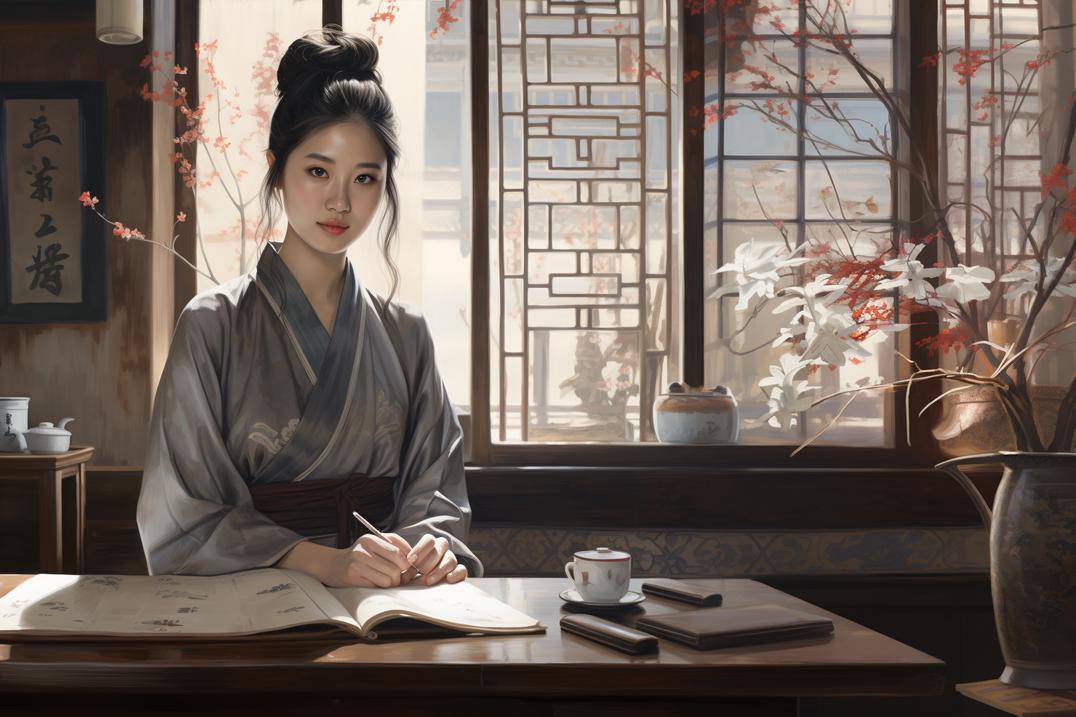
East Asian Languages
The writing systems of East Asia are integral to the cultural identity and historical legacy of the region. Chinese characters, or Hanzi, not only serve as a tool for communication but also embody thousands of years of civilization and cultural heritage. Hangul in Korea, created for accessibility and ease of learning, represents a significant achievement in linguistic innovation.
Japan's writing systems, Hiragana, Katakana, and Kanji, showcase a unique blend of native and borrowed characters, reflecting the country's intricate cultural exchange. The traditional vertical script in Mongolia holds cultural and historical significance, preserving the nation's identity amidst linguistic reforms. Collectively, these writing systems serve as pillars of cultural expression, continuity, identity, and pride.

The Chinese writing system is one of the oldest and most intricate writing systems in the world. It consists primarily of logograms, each representing a word or a morpheme (part of a word), rather than individual sounds. These characters are known as Hanzi and are composed of strokes that follow specific writing rules. Chinese writing can be traced back over 3,000 years, evolving from pictograms and ideograms into the complex characters used today. Each character embodies a concept, object, or idea. Mastery of Chinese characters requires both visual memorization and an understanding of their meanings and pronunciation. Because of its complexity, the Chinese writing system is a major part of Chinese culture and identity.



Kanji was borrowed from Chinese characters and has been used in Japan for over a millennium. Kanji characters convey meaning rather than sound, representing words like nouns and stems of adjectives and verbs.
Hiragana represents native Japanese words, grammatical elements, and verb conjugations. It's commonly used for particles, auxiliary verbs, and children's literature, providing a phonetic representation of Japanese sounds.
Katakana is used for foreign words, loanwords, technical terms, and onomatopoeic words in Japanese writing. It's also employed for emphasis and often seen in menus, advertisements, and company names.




Created in the 15th century under the reign of King Sejong the Great, Hangul was designed to be easy to learn and use by all, regardless of social status or education level. It consists of 24 letters, including 14 consonants and 10 vowels, arranged into syllabic blocks. Hangul is phonetic, with each letter corresponding directly to a sound. According to linguists, the structure of Hangul makes it the easiest written language in the world to learn. It is said that the entire writing system can be learned in just 30 mintutes! Today, it stands as a symbol of national pride and linguistic heritage.
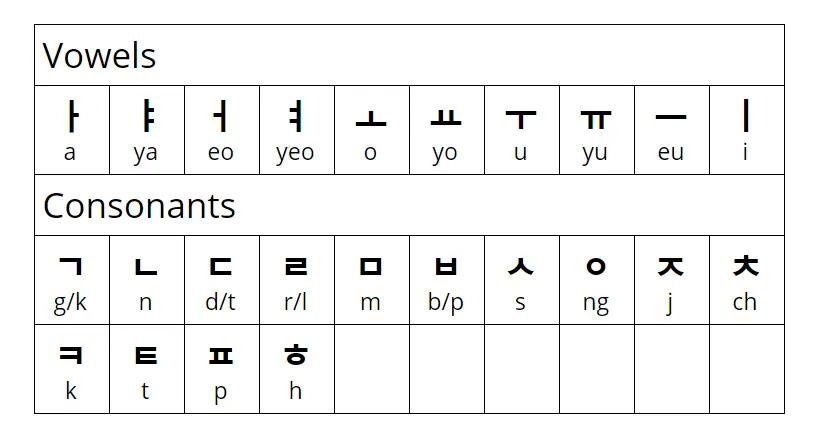

Mongolian, spoken by around 6 million people primarily in Mongolia, Inner Mongolia (China), and parts of Russia, is a language of rich historical and cultural significance. Its script, the traditional Mongolian script, is a vertical writing system adapted from the Uyghur alphabet in the 13th century. Although Mongolia adopted the Cyrillic alphabet in 1946, the traditional script remains culturally important and is still used in Inner Mongolia and in cultural contexts such as calligraphy and artwork. The language and script are integral to Mongolian identity, reflecting the nation's diverse linguistic heritage and historical connections to the Mongol Empire.

Impact of
2003-2012
GLOBALSHIFTS:NAVIGATINGCRISESAND REVOLUTIONSINACHANGINGWORLD
The era of turmoil and Transformation


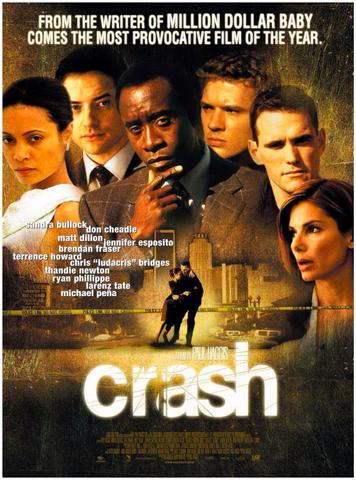









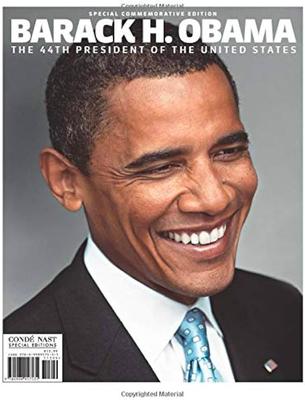







JanuaryFebruary 2024


ISD History 2003-2012






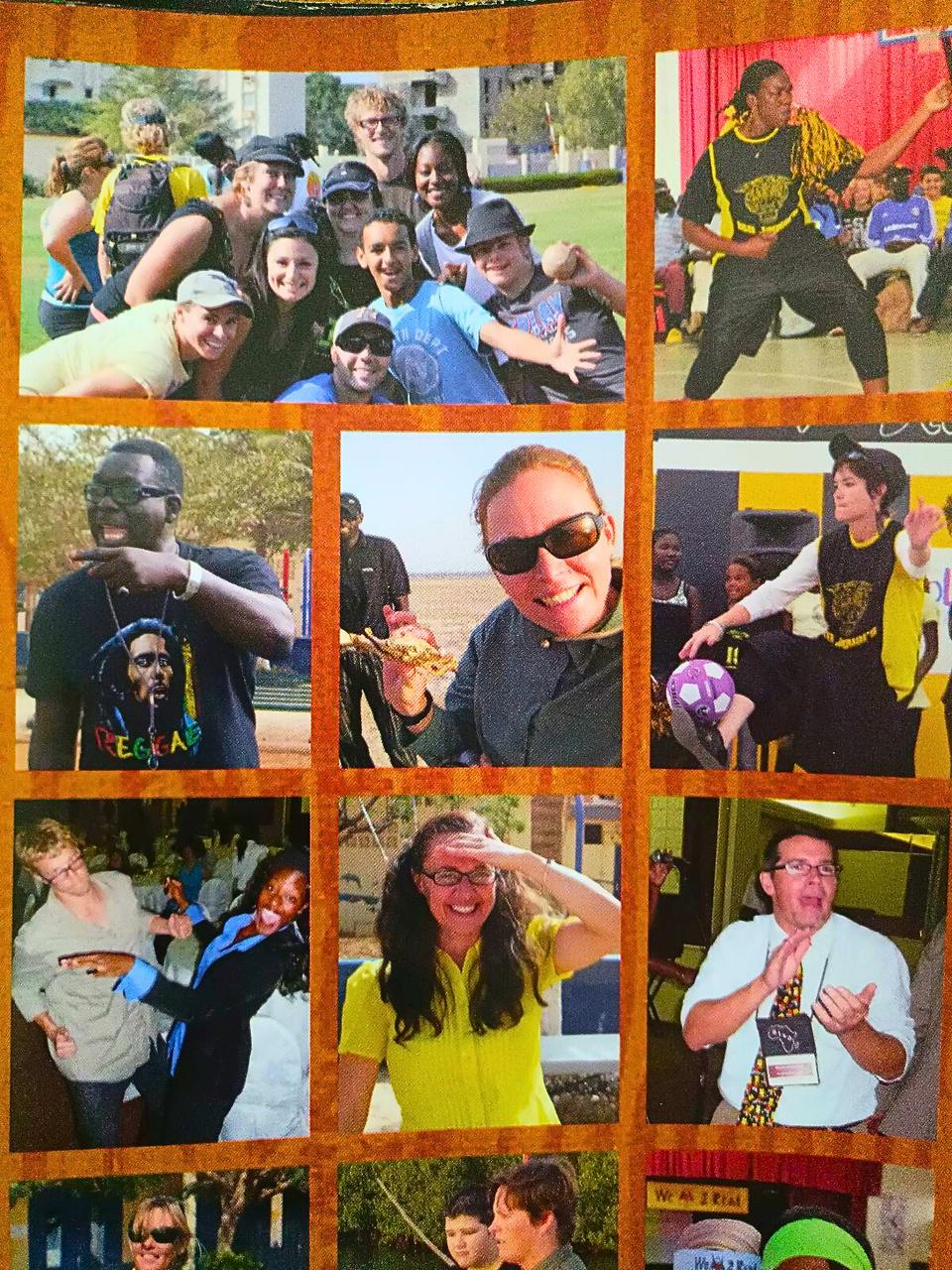
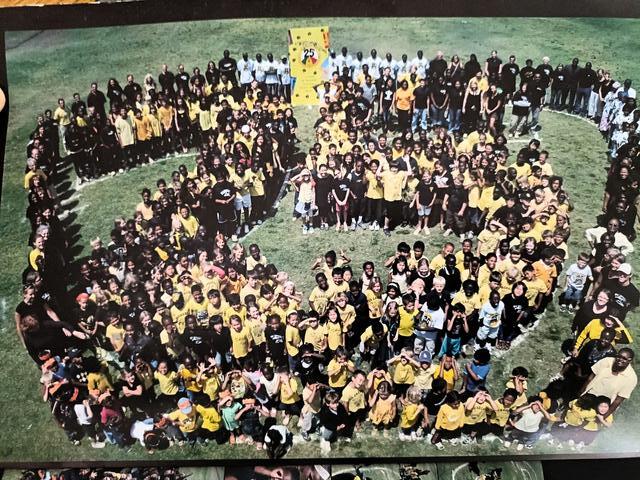





People fasting are not looking for sympathy or pity. They chose to do it, not only to comply with one of the 5 pillars of Islam but also to get the most of blessings, and rewards from God. In sum, it’s a great opportunity to ask God for forgiveness for all sins and to be granted a place in Heaven.
Please, don’t feel that you have to change your habits in terms of eating and drinking because you have friends or colleagues fasting around you. However, be discreet when eating and drinking around them.
In fact, our real challenge is to do it without complaining, or showing any resentment towards fellows who are not fasting. It is about going through our normal daily routine with the hope that God will accept our fast.





